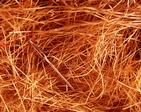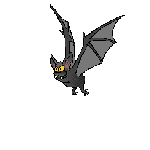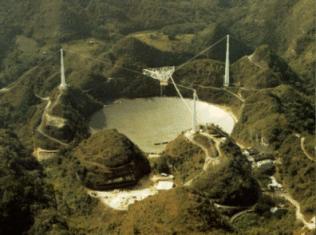
A Needle in a Haystack


|
A Needle in a Haystack |

|
From the last information we got back from SOHO, we knew that SOHO was probably more or less where it should be. We also knew it was spinning about once a minute and that its solar panels were edge on to the Sun.
We also knew that it was spinning in such a way that the solar panels were gradually turning towards the Sun. This meant that SOHO was getting more and more power as time progressed. Therefore eventually it would have a maximum amount of power with which we would have the best chance to regain control.
This all assumes of course that it hadn't just blown up.

|
The first thing to do was to find out if it hadn't exploded.
To do that you need know it is one piece, so you need to know
where it is. But here's the catch - space is big and SOHO is very small in comparison. Let's say you know SOHO is in a cube with a side of length 1000 km, or 106m. The total volume of the box is 1027m3. SOHO measures 4.3m times 2.7m times 3.7m = 42.957m3, so SOHO takes up less than 1 tenth of 1 millionth millionth millionth millionth the volume of the box you're looking in. In fact it's like looking for a needle in a haystack - can you see the needle in the picture on the left? Can you estimate what fraction the size of a haystack a needle is? Is it more or less than SOHO in its box? |
| Do you know how a bat manages to fly around at night when there is no light? They emit a high pitched sound (far higher than humans can hear) that bounces of any object, creating an echo. The bat listens for the echo and can tell how far away an object is - another bat, for instance. This is called echolocation, and is the principal on which radar (which stands for radio detection and ranging) works. |

|

|
Instead of bats, researchers at the Arecibo Observatory in Puerto Rico sent a
powerful radio signal on 23rd July 1998 at the likely location of SOHO on behalf
of the SOHO Recovery Team. Arecibo Observatory used radio waves in echolocation, and bats use sound waves. Why couldn't we use sound waves to find SOHO? |
| Acting as the bat's ears, workers at Goldstone, part of NASA's Deep Space Network, listened for any radio echo from SOHO..... |

|
 
|


|